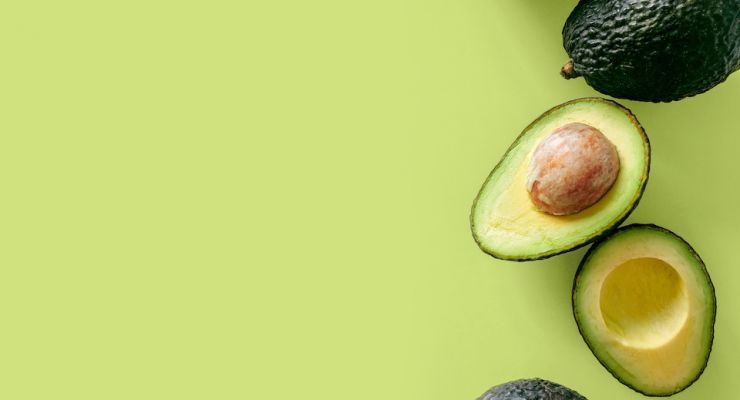Have you ever spent a long Friday at work getting excited about kicking back with a bowl of nacho chips and freshly made guacamole…only to find that your avocados are still green and inedible?
This much-loved and delectable fruit carries perhaps the greatest risk of bad timing. Similar to bananas, you really have to eat them within that perfect window of ripeness. This is exactly the reason why most people, when shopping for avocados in the grocery store, will spend considerable time looking at the available stock, assessing its color and firmness, and, unavoidably, touching the fruit.
While determining the ripeness of produce before purchasing is a perfectly acceptable practice, this high-touch shopping process carries unfortunate risks for the unwitting avocado lover. When many people touch fruit without buying it, the fruit can easily become covered in germs from dirty hands. Especially nowadays, when fears around communicable diseases are running rampant, we should be cautious with the produce we bring into our homes.
Since produce can pass through many hands and environments before it ends up in your shopping cart, exposure to germs is higher – and that is exactly the reason why the Food and Drug Administration (FDA) has recently issued a warning specifically concerning avocados.
You may be used to washing tomatoes, apples, carrots, and the like – but it’s fairly uncommon to wash a fruit like an avocado, where you are scooping the flesh out of the inedible skin. However, the FDA warns that even fruit with a thick, disposable rind should be sanitized prior to consumption.
How an avocado can spread germs in your home
Just imagine this scenario: you find the perfect firm-yet-yielding avocado on the supermarket shelf. Unfortunately, someone with a cold was testing out the avocados a few minutes prior. You place the avocado in your cart and take it home with your bags of groceries. When you go to make some lunch, you place the avocado on your cutting board, cut it in half, and scoop out the flesh to put on top of a salad. You dispose of the skin, then place some cheese on the cutting board and slice off a few pieces.
The ordinary kitchen scene painted above contains at least two potential incidences of contamination with pathogens. Placing the unwashed avocado skin on the cutting board, then using it for other foods, could cause a transfer of any germs from the skin. In addition, cutting the avocado skin with a knife could cause germs to travel from the skin into the flesh of the avocado, which you will then consume.
Avocados could carry dangerous germs
Why the sudden alarm over avocados? This wave of concern follows FDA reports that they have been proactively sampling avocados for pathogens such as Listeria and Salmonella. The agency’s investigators found Listeria on the skins of about one out of every five avocados. There was also a widespread recall of infected avocados in 2019.
While low levels of Listeria don’t tend to make healthy adults seriously ill – and no outbreaks or illnesses have been associated with avocados – they may cause disease in pregnant women and people who are older or have weakened immune systems. There may also be other bacteria or viruses on the skin of avocados and fruits and vegetables in general.
How to ensure your produce is safe
Here are some helpful steps for washing avocados:
Wash your hands. Remember what your Mom always said? Wash your hands! This is especially important both before and after handling food.
Wash your cutting board. Wash the cutting board and utensils with hot water and dish soap before preparing the avocado. Even better, keep separate cutting boards for raw meats and fruit and vegetables. This step is crucial to ensure you aren’t transferring contaminants from other food that was on your cutting board onto your freshly rinsed avocado.
Rinse your avocado. Start by running some cool or lukewarm water in your kitchen sink. There’s no need to use any soap, dish liquid, or commercial produce wash. Clean water is enough. Rub the avocado gently with your hands to remove unwanted dirt and bacteria or, better yet, use a vegetable brush to scrub the irregular rind to get to all the nooks and crannies.
Dry the avocado. Once your avocado is rinsed thoroughly, you can dry with a clean sheet of paper towel. Moisture is a condition in which bacteria can grow easily, so it’s essential not to let your avocados sit with moisture on them too long. Once your avocado is dried off, you are ready to place your clean avocado on your freshly sterilized cutting board and start to cut, slice and dice for your favorite recipe or meal.
While improved hygiene practices may be our new normal, you can still enjoy your favorite creamy guacamole, avocado toast, or hearty avocado-topped salad with a little bit of extra caution.
-Susan Patterson

